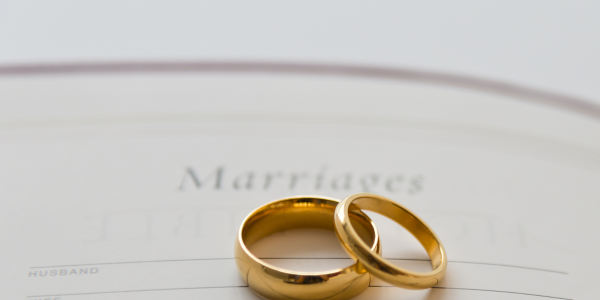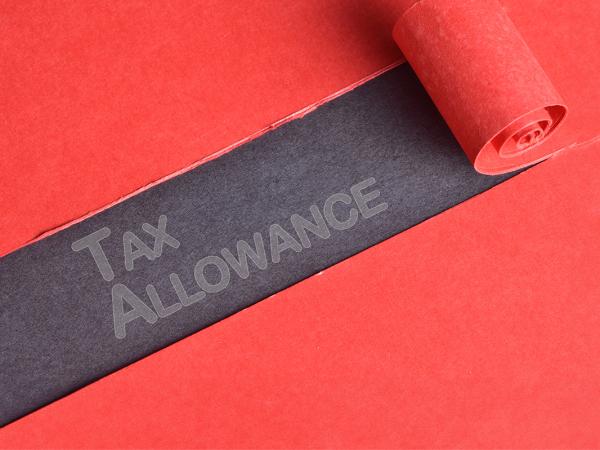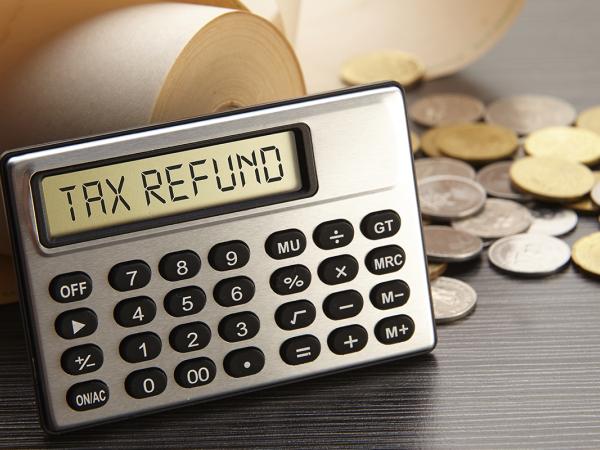Marriage allowance and the importance of timing
The marriage allowance (also known as the transferable tax allowance for married couples and civil partners) allows you to give up some of your personal allowance to provide a tax credit for your spouse or civil partner. This can reduce the amount of tax that they pay. The timing of your claim can affect the start date. The decision of when to cancel or withdraw a claim can also determine when the withdrawal takes effect. This can be complex and can affect whether you and your spouse or civil partner make best use of the marriage allowance. We explain the importance of timing in relation to marriage allowance claims in more detail below.

Content on this page:
Basic rules for marriage allowance claims
We explain the rules and the mechanics for marriage allowance in our main guidance. This includes details of who is eligible to claim marriage allowance. It is the donor spouse or civil partner (the one giving up part of their personal allowance) who must make the claim for marriage allowance.
It is important to remember that while the donor spouse or civil partner gives up part of their personal allowance, the recipient spouse or civil partner receives a tax credit rather than an increase to their personal allowance. In 2024/25, the marriage allowance is £1,260. This is the amount by which the donor’s personal allowance reduces. The tax credit is up to £252.
You cannot make a partial claim for marriage allowance. If the tax credit is greater than the tax liability of the recipient spouse or civil partner, they will not receive a tax refund. In this situation, the donor spouse or civil partner will not get some of their personal allowance back, even if the recipient does not use the full tax credit.
Our guidance includes examples, which show when a marriage allowance claim can be beneficial and when it might not be beneficial.
Making a claim for marriage allowance – timing
When you make a claim for marriage allowance, you can specify the tax year you want the claim to apply for. You can either make a claim during the tax year you want the claim to apply for, or you can wait until after the end of a tax year to make a claim. You can make a claim for marriage allowance up to four years after the end of the relevant tax year, provided you are eligible to do so for the year you are making the claim for.
So, in July 2024, it is possible to make a claim for 2020/21, 2021/22, 2022/23, 2023/24 (prior tax years) and 2024/25 (the current tax year).
Claiming marriage allowance before the end of the tax year
If you claim marriage allowance before the end of the tax year for which you are claiming, the claim continues for each subsequent tax year in which you are eligible, until either:
- you withdraw the claim, or
- the recipient spouse or civil partner is not eligible for a tax reduction (because, for example, their income is too high).
Claiming marriage allowance after the end of the tax year
If you claim marriage allowance after the end of the tax year for which it is to apply, the claim only applies for the tax year to which the claim relates.
Methods of claiming marriage allowance
There are various ways to claim marriage allowance.
You can use the following methods to make a claim either before or after the end of the tax year (or both, if you wish to make a claim for the current tax year as well as previous years):
- Online – this allows you to claim marriage allowance through the government gateway.
- Marriage allowance form MATCF by post – the form is available on GOV.UK. You can either complete the form on-screen or print it off to complete it. You post the completed form to HMRC.
- Telephone – you can telephone HMRC’s income tax helpline to claim marriage allowance.
As mentioned earlier, if you have made a claim using one of the above methods for a tax year which has not yet ended, the claim will continue to apply automatically for subsequent years.
If you fill in a self assessment tax return for a year when a claim is already in place (because it has rolled over from a previous year) then it is not necessary for either spouse or civil partner to complete the marriage allowance section on the self assessment tax return. However, if you are using third party software to complete your return then it may be necessary to complete these boxes so that the tax calculation is correct.
If you are within self assessment and you wish to make a claim for the previous tax year, you can do this on a self assessment tax return for that year by completing the relevant boxes. You can only make a claim for the tax year to which the tax return relates using this method. The claim will not continue to apply automatically for subsequent years.
If the recipient spouse or civil partner completes a self assessment tax return and a claim has not rolled forward automatically from a previous year, then ideally the recipient should submit their self assessment tax return after the donor has made the claim.
If both spouses or civil partners complete self assessment tax returns and do so online, the donor should submit their tax return at least three days before the recipient submits their tax return. This should ensure that HMRC deal with the tax returns in the right order, and they process the marriage allowance claim properly.
If one or more of the spouses or civil partners complete self assessment tax returns on paper, HMRC do not recommend any particular timing or interval for submitting tax returns. Unfortunately this means that HMRC may deal with the tax returns in the wrong order. This means that they may not process the marriage allowance claim properly. If this affects you, you need to check any tax calculations and PAYE codes you receive from HMRC to see if the marriage allowance claim has been processed correctly. Please see our guidance on how to check a PAYE code.
Withdrawing a marriage allowance claim – timing
The spouse or civil partner who claimed marriage allowance may withdraw their claim. For example, they may decide to do this if they realise the claim is no longer beneficial.
If you withdraw your marriage allowance claim, the withdrawal normally only takes place from the start of the following tax year.
End of marriage or civil partnership
One of the conditions to be eligible for marriage allowance is that you are married or in a civil partnership for the whole or part of the tax year concerned. Marriage allowance is not available for any tax year after a marriage or civil partnership has come to an end.
If you withdraw a marriage allowance claim in the tax year in which your marriage or civil partnership ends, then the marriage allowance is withdrawn for that tax year. Otherwise, the marriage allowance would continue to apply for the year of separation.
There is more information about marriage allowance and changes in relationship status in our guidance.
Methods of withdrawing a marriage allowance claim
There are only two methods available for withdrawing a marriage allowance claim.
- Online via GOV.UK – this allows you to withdraw your claim through the government gateway.
- Telephone – you can telephone HMRC’s income tax helpline to withdraw your claim.
You cannot use a paper form or a self assessment tax return to withdraw a marriage allowance claim.
Tips – timing for marriage allowance
As this article has explained, timing can be important both when claiming marriage allowance and when withdrawing that claim.
Unfortunately, we have come across taxpayers who have been stuck with a marriage allowance claim for a tax year when the claim has been of no benefit or even a disadvantage.
To help you, we have the following tips on timing in relation to marriage allowance.
- Beneficial and non-beneficial claims
-
As a general rule, marriage allowance claims can leave you worse off as a couple if the donor has income that is more than 90% of the personal allowance, and the recipient has income that is less than 110% of the personal allowance. We have an example that illustrates this point in our guidance on marriage allowance.
Note that a marriage allowance claim may be beneficial to a couple as a whole, even if the recipient does not benefit from the full tax credit.
- Variable income
-
If you and your spouse or civil partner have variable incomes, it may be best to wait until after the end of the tax year to claim marriage allowance for that year. For example, it may be better to wait until after 5 April 2025 to claim marriage allowance for the tax year 2024/25. This is because it may not be clear until after the end of the tax year if a marriage allowance claim will be beneficial to you.
- Review ongoing marriage allowance claims
-
If you have an ongoing marriage allowance claim, it is a good idea to consider your claim before the start of the new tax year. This would involve you looking at what income you and your spouse or civil partner are likely to have in the coming year. You would then compare that to what you expect the personal allowance to be. Doing this before the start of the tax year gives you time to withdraw your claim if it would not be beneficial.
- Method and timing of claim
-
Be aware of how the method and timing of your claim can affect whether your claim will continue automatically in future.
Feedback
Let us know your experiences with marriage allowance claims and if you find our guidance helpful.



